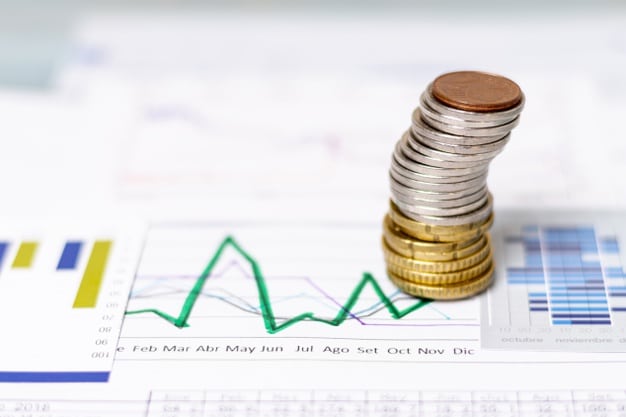The economic crisis left an indelible mark on consumer behavior in the U.S., transforming purchasing patterns and altering priorities for many Americans. Amidst economic uncertainty, spending habits shifted dramatically as individuals and families adjusted to new financial realities.
With the economic turmoil, consumers became more cautious in their spending, prioritizing essentials over discretionary items. This shift not only influenced individual households but also had a profound impact on various industries and markets within the country.
The impact of financial turmoil on spending priorities

The economic crisis compelled many Americans to reassess their spending priorities. With reduced disposable income, consumer behavior changed to focus more on necessities rather than luxuries. Items such as food, housing, and healthcare saw sustained demand, while sectors like leisure and luxury goods experienced a sharp decline.
This trend underscored a broader shift towards thriftiness. Coupons, discounts, and budget shopping became more prominent as consumers sought to stretch their dollars further. Brands adapted by offering value-driven alternatives to retain customer loyalty during challenging times.
Consequently, even post-recovery, many consumers continue to exhibit a cautious approach to spending, having grown accustomed to the restrained expenditure patterns established during the crisis.
Consumer resilience and adaptation
Despite the bleak economic outlook, American consumers demonstrated remarkable resilience and adaptability. Online shopping, for instance, saw a significant surge as people sought safer, more convenient ways to procure goods without physical contact.
The crisis accelerated the digital transformation of retail, with e-commerce platforms and delivery services experiencing exponential growth. Businesses that swiftly adapted to this new digital landscape managed to not only survive but also thrive. Furthermore, contactless payment methods and curbside pickups became commonplace, reflecting an enduring shift towards a more digital and convenience-oriented consumer experience.
Changes in consumer loyalty
Traditional brand loyalties were also tested during the economic slump. With price sensitivity at an all-time high, consumers became more willing to switch brands in search of better deals. This behavior prompted companies to innovate and enhance perceived value, often through improved product quality, customer service, or loyalty programs.
In some cases, the authentic brand narratives focusing on community and support during tough times resonated well with consumers. As markets stabilize, maintaining these hard-won customer relationships becomes a central focus for businesses aiming to capitalize on renewed consumer confidence.
Long-term behavioral shifts induced by the crisis
The economic downturn of recent years has left lasting effects on the financial habits and attitudes of American consumers. Many individuals have taken steps to build buffer savings and emergency funds to safeguard against future uncertainties.
Investment in financial literacy and prudent money management has gained traction, with consumers increasingly seeking advice on budget planning and saving strategies. Financial products such as insurance and investment plans have seen rising interest as people aim to secure their financial futures. This gradual cultural shift towards financial security and stability marks a significant departure from pre-crisis consumer behavior.
Sustainable consumption trends
The economic crisis has also sparked a growing interest in sustainable consumption practices. Cost-saving measures often align with environmentally friendly choices, such as reducing waste and opting for reusable products.
Consumers are now more conscious of the environmental impact of their purchases, leading to a rise in demand for eco-friendly goods and services. This heightened awareness has pushed companies to adopt more sustainable practices and develop greener product lines. Long-term, this trend towards sustainability is expected to persist, further shaping the market landscape and influencing consumer choices.
Shift toward local businesses
Support for local businesses surged during the economic downturn, driven by a communal desire to bolster the local economy. Many consumers chose to buy from nearby stores and suppliers, fostering a sense of community and mutual support.
Local businesses, in turn, benefitted from this heightened patronage by offering personalized experiences and tailoring their offerings to meet local needs. The emphasis on locality not only helped neighborhoods thrive but also established more meaningful connections between consumers and businesses. As the economy slowly recovers, this trend towards supporting local enterprises is likely to continue, further embedding the idea of community-driven commerce in American consumer culture.
In conclusion, the economic crisis has profoundly reshaped consumer behavior in the U.S., driving shifts towards more cautious spending, increased savings, and a heightened awareness of financial vulnerability. Consumers have become more value-conscious, seeking ways to maximize their resources while reducing unnecessary expenditures.
The crisis has also accelerated the adoption of digital financial tools, as individuals look for more efficient ways to manage their money. As the economy gradually recovers, these behavioral changes are likely to persist, reflecting a more prudent and deliberate approach to personal finance in an uncertain world.
